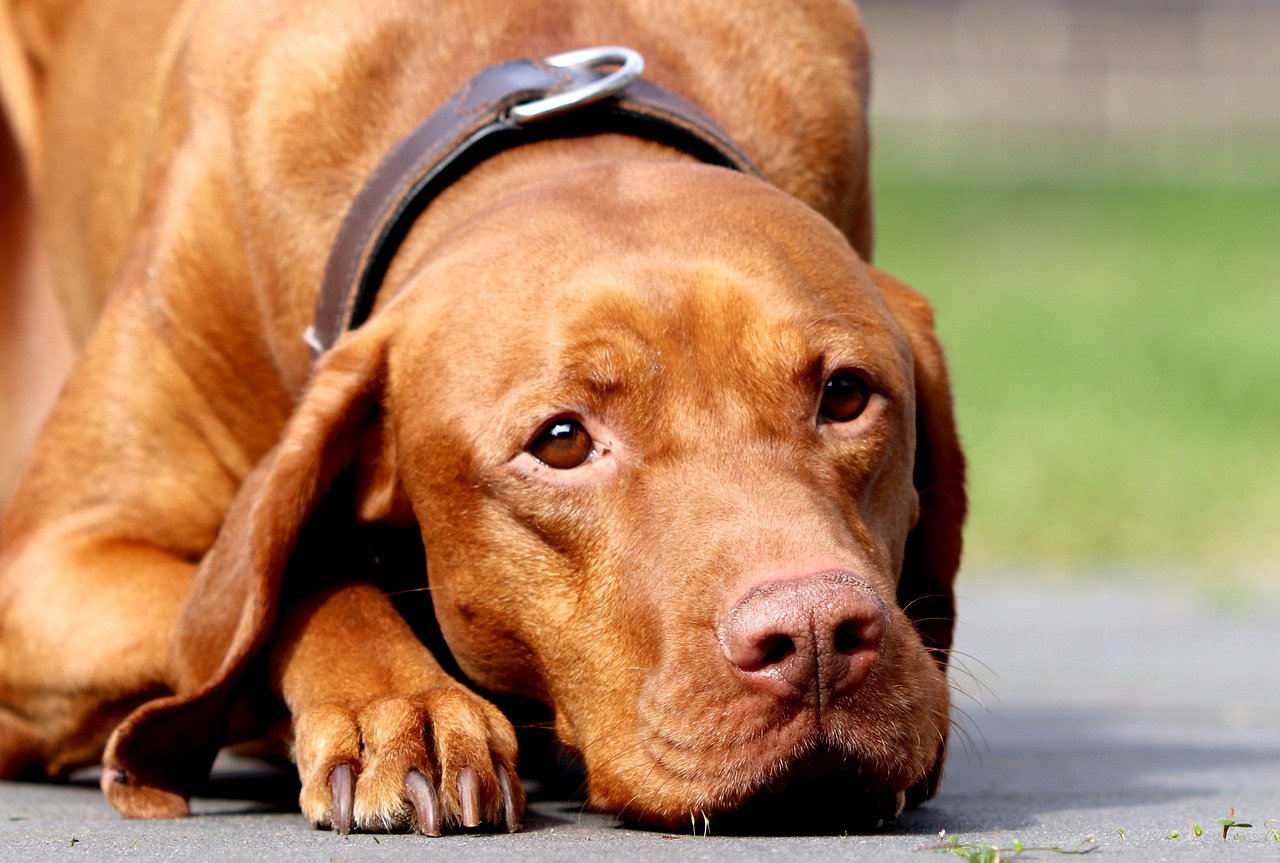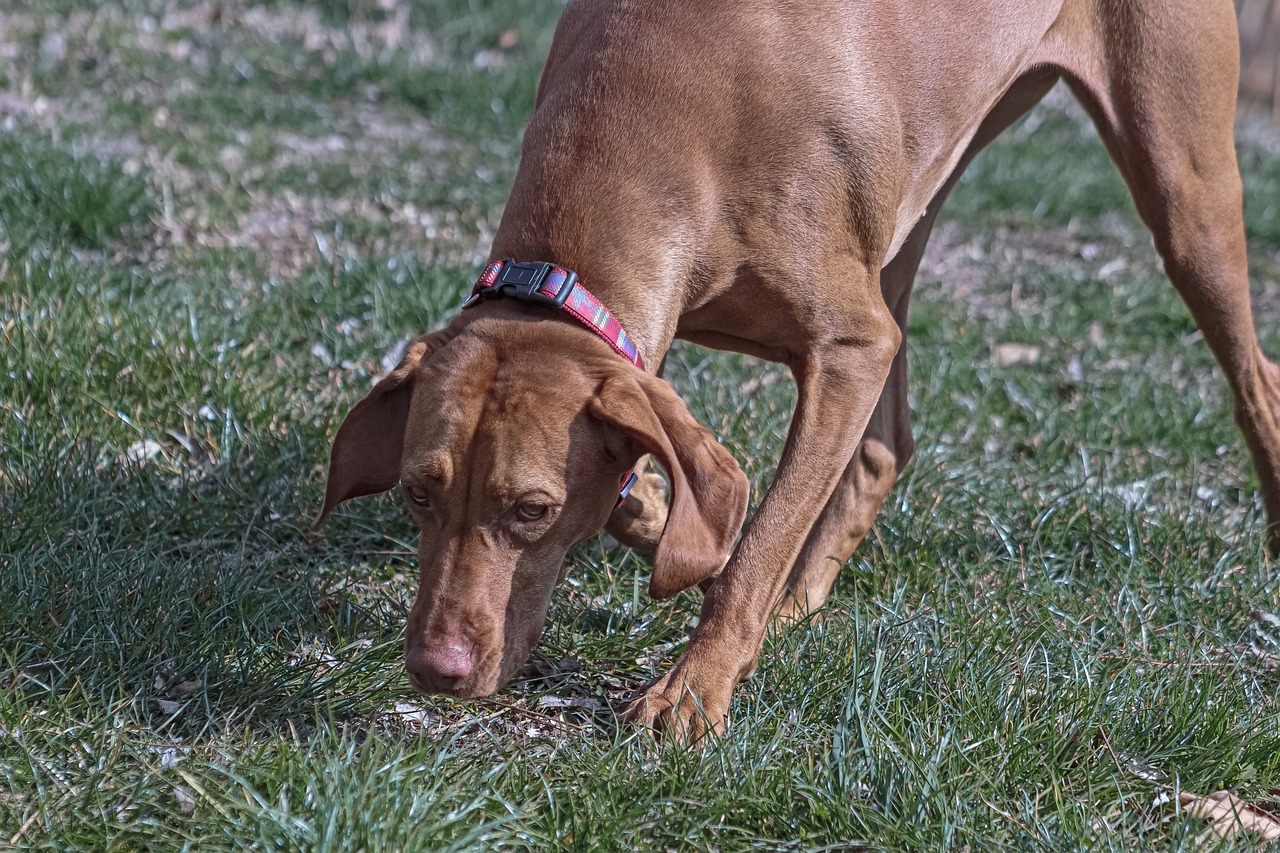The Vizsla, often revered for its elegant bearing and russet gold coat, holds a distinguished place in the canine world, merging the roles of a skilled hunting dog with that of a devoted companion. Originating from Hungary, the Vizsla’s history is deeply intertwined with Hungarian culture and nobility, dating back over a thousand years. This breed was developed to work closely with hunters, pointing and retrieving game in the vast Hungarian plains. The Vizsla’s keen sense of smell, remarkable speed, and agility, combined with its gentle and affectionate nature, have made it a cherished breed among hunters and families alike. Despite facing near extinction multiple times throughout history, including during World War II, dedicated breeders and enthusiasts have worked tirelessly to preserve the Vizsla’s lineage. This article aims to explore the rich history and origins of the Vizsla, shedding light on its development, the challenges it has overcome, and the enduring qualities that make it a beloved breed around the globe.

The Ancestral Origins of the Vizsla
The Vizsla’s origins can be traced back to early Magyar tribes who migrated to the Carpathian Basin in present-day Hungary. These nomadic warriors brought with them proto-Vizsla dogs, which were integral in hunting game for survival. The breed’s ancestors are believed to have been used for falconry, pointing, and retrieving, with their keen senses making them invaluable to their human counterparts. Throughout the centuries, the Vizsla evolved alongside Hungarian nobility, who refined the breed for its renowned hunting abilities and striking appearance. Historical documents and art from the Middle Ages depict dogs resembling the modern Vizsla, indicating the breed’s longstanding presence and importance in Hungarian history.
Development and Recognition
The development of the Vizsla as a distinct breed began in earnest in the 19th and early 20th centuries when formal breeding programs were established to standardize its characteristics. The breed was nearly lost during the world wars, as Hungary’s borders changed and the turmoil of war decimated the Vizsla population. Post-World War II, Hungarian expatriates and breeding programs in other countries, particularly the United States, played crucial roles in saving the Vizsla from extinction. The breed was recognized by the American Kennel Club (AKC) in 1960, marking a significant milestone in its preservation and popularity outside of Hungary.
The Breed in Modern Times
Today, the Vizsla is celebrated not only for its historical role as a hunting dog but also for its versatility in various dog sports and its affectionate nature as a family pet. The breed excels in activities such as agility, obedience, and field trials, showcasing its intelligence and eagerness to please. The Vizsla’s gentle disposition, loyalty, and adaptability have endeared it to families worldwide, making it a popular choice for those seeking an active and loving companion. Its presence in the show ring and homes across the globe speaks to the successful efforts to preserve and promote this noble breed.
Characteristics and Temperament
The Vizsla is known for its sleek, golden-russet coat, muscular build, and expressive eyes, embodying grace and power. This medium-sized breed possesses a natural affinity for the outdoors and activities that engage both its body and mind. Vizslas are highly social, thriving on interaction with their human families, and are often described as “Velcro dogs” due to their desire to be close to their owners. They are intelligent, trainable, and possess a gentle temperament, making them excellent companions for children and other pets. Despite their need for regular exercise and mental stimulation, Vizslas are equally content to relax at home, always seeking to be part of the family.
The Vizsla’s journey from the Hungarian plains to homes around the world is a testament to the breed’s resilience, adaptability, and enduring appeal. From its origins as a hunter’s aide to its role as a beloved family member, the Vizsla has navigated the challenges of history to emerge as a symbol of elegance, loyalty, and companionship. The efforts to preserve the breed’s lineage and characteristics have ensured that the Vizsla continues to be a cherished companion, showcasing the enduring bond between humans and their canine friends. As the Vizsla moves forward, it carries with it the rich heritage and noble spirit that have defined it for centuries.
Frequently Asked Questions About The History of Vizslas

1. What is the origin of the Vizsla breed?
The Vizsla, Hungary’s iconic hunting dog, boasts a lineage that extends back to the early Magyar tribes who settled the Carpathian Basin over a thousand years ago. These tribes brought with them ancestral dogs, which were pivotal in hunting thanks to their exceptional scenting and retrieving abilities. The Vizsla was meticulously bred to assist in hunting, utilizing its keen sense of smell to point and retrieve the game. This breed’s development was closely intertwined with Hungarian nobility, who refined it into the skilled hunting companion known today. Historical references, including art and documents, depict the Vizsla’s ancestors, underscoring the breed’s ancient and noble heritage.
2. How did the Vizsla get its name?
The name “Vizsla” is derived from the Hungarian word for “pointer,” reflecting the breed’s exceptional hunting skills, particularly in pointing and retrieving games. This name encapsulates the essence of the breed’s purpose and abilities, highlighting its significance as a hunter’s companion in Hungarian culture. The Vizsla’s name is a testament to its longstanding role alongside hunters, pointing out the game in the vast Hungarian plains.
3. What roles did Vizslas historically serve?
Historically, Vizslas served as versatile hunting dogs, valued for their excellent scenting, pointing, and retrieving capabilities. They were bred to work on the open plains and rugged terrains of Hungary, hunting various game from rabbits to wildfowl and even larger prey like deer. Beyond their hunting roles, Vizslas were cherished companions of the Hungarian nobility, serving as loyal and protective members of the household. Their intelligence and adaptable nature made them well-suited to both working in the field and providing companionship.
4. When was the Vizsla breed officially recognized?
The Vizsla breed was officially recognized by the American Kennel Club (AKC) in 1960, marking a significant milestone in its history outside Hungary. This recognition followed efforts by Hungarian expatriates and enthusiasts to establish the breed in the United States post-World War II. The AKC’s recognition helped standardize the breed’s characteristics and bolstered its popularity among American dog owners, ensuring its preservation and growth outside its native country.
5. What challenges has the Vizsla breed faced?
The Vizsla breed faced significant challenges, particularly during World War II and the subsequent upheaval in Europe, which brought it to the brink of extinction. The devastation of war, combined with the changing political landscape in Hungary, led to a drastic decline in the Vizsla population. The breed’s survival was jeopardized by food shortages, loss of habitat, and the general chaos of the times. However, dedicated breeders and enthusiasts, both in Hungary and abroad, undertook concerted efforts to save and revive the Vizsla, ensuring its continuation.
6. How did Vizslas come to be recognized outside of Hungary?
Vizslas came to be recognized outside of Hungary primarily through the efforts of Hungarian expatriates who brought the breed to other countries after World War II. In the United States, for example, soldiers returning from the war and Hungarian immigrants introduced the Vizsla to American hunters and dog enthusiasts. The breed’s exceptional hunting abilities, coupled with its gentle nature and striking appearance, quickly garnered attention. This international recognition was further solidified by the American Kennel Club’s official recognition of the breed in 1960.
7. What are the distinctive physical characteristics of the Vizsla?
The Vizsla is known for its distinctive russet gold coat, which is short, dense, and smooth, protecting weather conditions while hunting. This breed features a lean, muscular build that exudes strength and agility, essential for its hunting role. Vizslas have a noble appearance, with a slightly domed skull, a broad nose, and expressive eyes that reflect their intelligent and sensitive nature. Their long, silky ears frame a face that often appears contemplative and alert.
8. What is the temperament of the Vizsla?
The Vizsla is renowned for its affectionate, gentle temperament, making it an ideal family pet. These dogs are highly social, forming strong bonds with their human companions and displaying a keen desire to be involved in family activities. Vizslas are also intelligent and highly trainable, eager to please their owners. Despite their loving nature, they possess a strong hunting instinct and require regular exercise and mental stimulation to stay content.
9. Are Vizslas good with children and other pets?
Yes, Vizslas are generally good with children and other pets, thanks to their gentle, affectionate nature. They are known to be patient and playful, making them excellent companions for families. However, as with all dog breeds, early socialization and proper training are crucial in ensuring positive interactions. Vizslas’ high energy levels and enthusiasm mean they can sometimes be boisterous, so supervision is recommended, especially with younger children.
10. How do Vizslas perform in dog sports and activities?
Vizslas excel in a variety of dog sports and activities, showcasing their versatility, intelligence, and athletic abilities. They are particularly adept at field trials, agility, obedience, and tracking, where their natural hunting instincts and eagerness to learn are put to good use. Vizslas are also successful in search and rescue operations and as therapy dogs, further demonstrating their adaptability and keen sense of smell.
11. What are the grooming requirements for a Vizsla?
The grooming requirements for a Vizsla are relatively low compared to other breeds. Their short, smooth coats require minimal maintenance, with regular brushing to remove loose hair and keep the coat shiny. Vizslas do not have a strong dog odor and only need occasional baths. Regular nail trimming, ear cleaning, and dental care are also important for their overall health and well-being.
12. How long do Vizslas typically live?
Vizslas typically have a lifespan of 12 to 14 years. Their longevity can be attributed to their overall robust health and active lifestyle. Providing a balanced diet, regular exercise, and routine veterinary care can help ensure that Vizslas live a full, healthy life. As with all breeds, genetic factors also play a role in determining lifespan.
13. What health issues are common in Vizslas?
Vizslas are generally healthy dogs but can be prone to certain hereditary health issues, including hip dysplasia, epilepsy, and various eye disorders. Some Vizslas may also experience skin allergies and lymphoma. Responsible breeding practices, including health screening and genetic testing of breeding stock, are crucial for minimizing the risk of these conditions. Regular veterinary check-ups can help detect and manage any health issues early.
14. How much exercise do Vizslas need?
Vizslas are high-energy dogs that require regular, vigorous exercise to maintain their physical and mental health. They thrive on activities such as running, hiking, swimming, and playing fetch, which not only keep them physically fit but also provide mental stimulation. Vizslas also enjoy participating in dog sports and training activities. A minimum of one to two hours of exercise per day is recommended for adult Vizslas to prevent boredom and potential behavioral issues.
15. How can prospective owners ensure they are getting a healthy Vizsla puppy?
Prospective Vizsla owners can ensure they are getting a healthy puppy by researching and choosing a reputable breeder who follows responsible breeding practices. Reputable breeders conduct health screenings and genetic testing on their breeding dogs to minimize the risk of hereditary conditions. They should provide health clearances for both parents and be transparent about any health issues in the puppy’s lineage. Visiting the breeder’s facility, meeting the puppy’s parents, and observing the conditions in which the puppies are raised can also provide valuable insights into their health and temperament.
 Toledo, United States.
Toledo, United States.